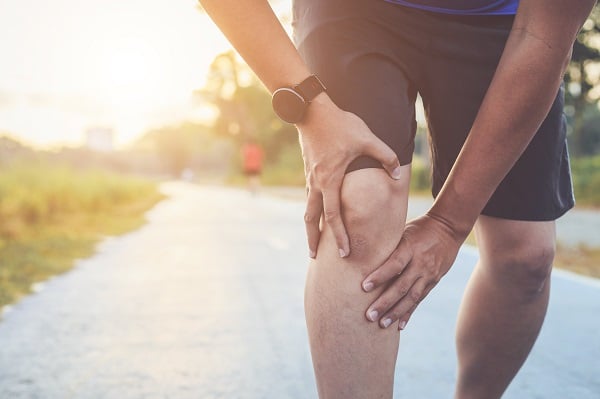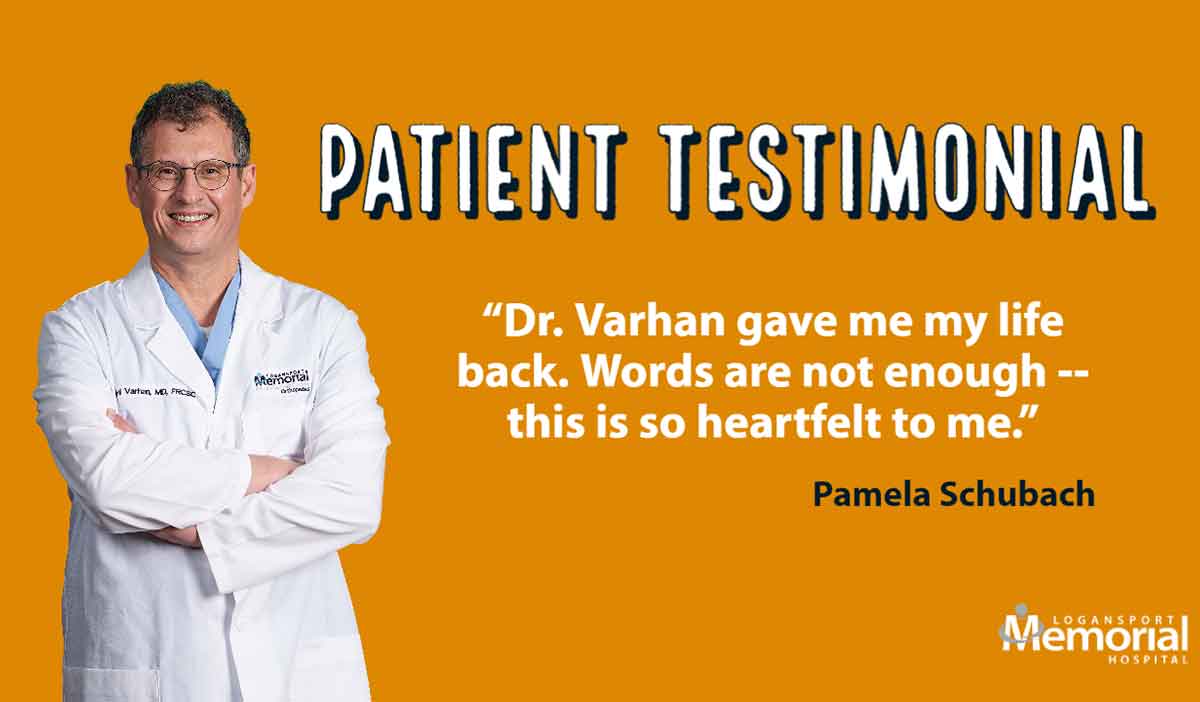Whether you're a multi-sport athlete or a weekend warrior, injuries can happen to anyone -- and often times, with no warning. For some injuries, like sprains and strains, you can recognize and acknowledge some warning signs that you have injured or are continuing to injure yourself, which can help you to limit your activity to avoid further damage.

Common warning signs
The best way to prepare for sports or intense activity is to exercise and work out, allowing your body to adjust to quick and sudden movements. Injuries are possible even during this "prep" phase. While it's possible that an increase in activity can lead to general soreness, it's important to not neglect any symptoms of a possible injury.
Symptoms that can indicate you have been injured in your sports or exercising activity include:
- Numbness. This feeling is often related to nerve compression and can be considered a more serious sign that you have experienced a more severe injury. For numbness, you should always follow up with a physician to make sure your injury has healed or will be treated effectively to heal properly.
- Tingling. Again, this feeling is often associated with nerve compression like numbness.
- Pain. This can refer to painful to touch as well as localized joint pain. Painful to touch, or tenderness, can point to signs of a more serious injury -- especially if localized around a specific area of the body or joint. One of the best ways to measure the level of pain and tenderness is to touch the impacted area on both sides of your body. If you do not experience pain or the same feeling on the uninjured side of your body, that's a good indication that something is wrong on the injured side. Depending on the severity of the injury, you should make an appointment with your provider, schedule an appointment with an orthopedic surgeon, or go to the ER to be seen immediately.
- Swelling. This is a very visibly obvious symptom of an injury. While it can be directly seen, swelling is not always a good indicator of the severity of an injury. Often times swelling can go down, or go away completely, with rest, ice, compression, and elevation. Should swelling not go down, and is accompanied by other symptoms, including pain, call your doctor.
- Weakness. This symptom can be associated with muscle or tendon injuries. The most obvious sign of weakness is a lack of strength near or in the affected area. Weakness, accompanied by symptoms including pain, instability, and numbness should be addressed by an orthopedic surgeon.
If you are experiencing any of these symptoms while working out or playing a sport, it's important that you stop, assess the severity of your symptoms, determine what next steps are needed (rest or a doctors appointment), and potentially schedule an appointment with an orthopedic surgeon.
Preventing an injury
The best way to prevent an injury is to warm your body up to the activity you will be doing. Regular stretching can help loosen the tightness in your muscles and tendons that could potentially cause an injury. Strength training can also help prevent injuries. By building up your strength with physical conditioning, you will better prepare your body for sudden movements, impact, and overall exercise.
Sports medicine at Logansport Memorial Hospital
At Logansport Memorial Hospital, our goal is to get you back to your sport as quickly and as safely as possible (and prevent further injuries). We partner with local school and sports teams to provide all-inclusive sports medicine care that is close to home and convenient.
Our team of certified athletic trainers, physical therapists, board-certified orthopedic surgeons, and foot and ankle specialist work together to create personalized treatment plans for bones, joints, muscles, and nerves.
Our sports medicine services »
Orthopedics at Logansport Memorial Hospital
No matter what the cause of your pain or the type of injury, our board-certified and fellowship-trained surgeons will make a diagnosis then work with you to develop a customized treatment plan that minimizes side effects and helps you get back to feeling like yourself again -- quicker.
We treat pain and injuries to your:
- Back and neck
- Foot and ankle
- Elbow
- Hip and pelvis
- Knee
- Shoulder
- Wrist, hand, and fingers
For a full list of our services and conditions we treat, click here.
Whether it's a sports or weekend injury, our team at Logansport Memorial Hospital can help you get back to your injury-free self. Talk with your primary care provider about how our orthopedic services can help you.
Learn more about Logansport's orthopedic experts »



